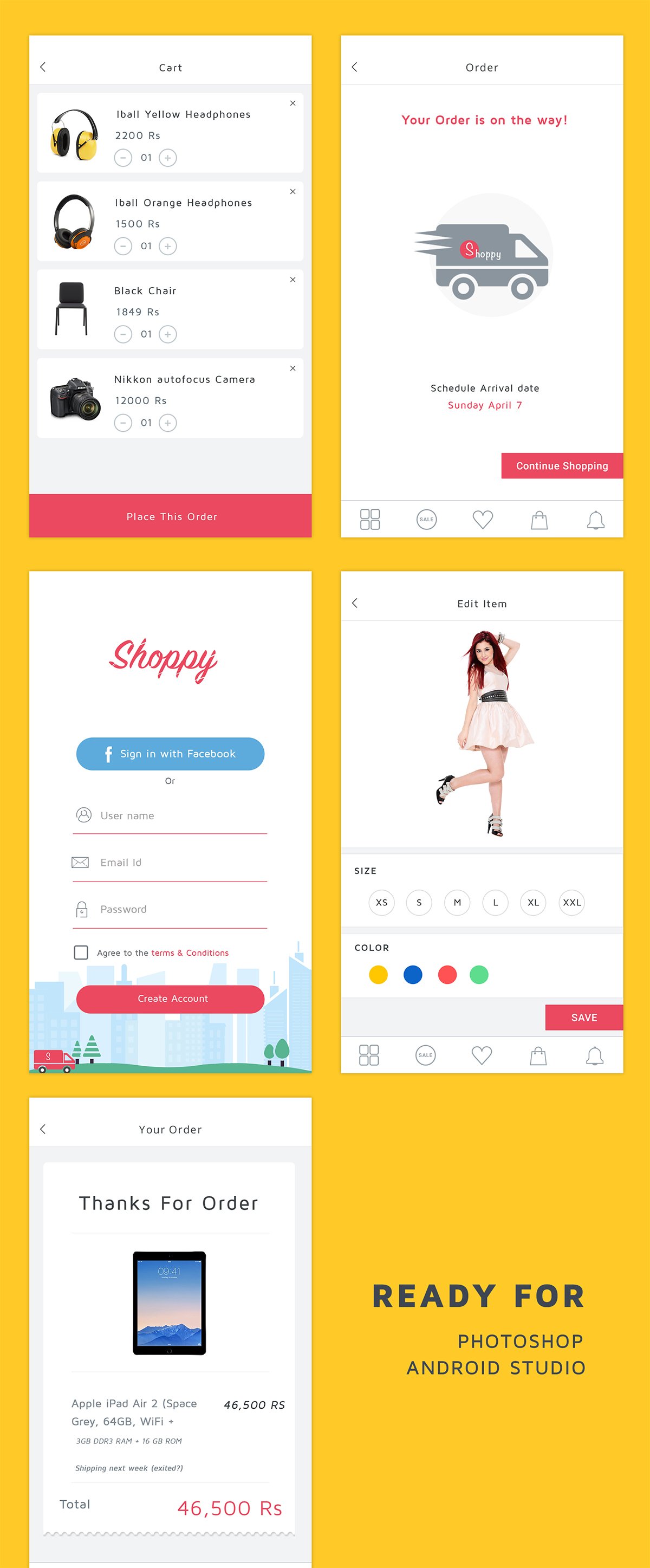


As always, let me know if you have any comments, questions or corrections. In our next post, we’ll look at how android:theme was backported in more detail. For example, with data binding, since android:theme can’t be used or in the case of materialThemeOverlay, being able to add support for theme overlays in default style resources without breaking support for android:theme. There are a couple of cases where ContextThemeWrapper is exclusively helpful. Finally, download the HERE SDK by click on the download link. Then, click on Generate App ID and App Code button to generate the credentials needed to access the Android SDK. Scroll to the HERE SDK for Android section. Under the hood, MaterialAlertDialogBuilder is using ContextThemeWrapper in exactly the same way it resolves materialAlertDialogTheme, using the value as a theme overlay. To acquire the HERE credentials, follow the graphical illustration: Login to. setMessage ( "Log in using your fingerprint" ) //. Import the :appcompat-v7 library in your project’s adle ( Module:app ) file. getContext () val customView = LayoutInflater. Follow the below steps to add appcompat-V7 library in your project: 1. You will need to add the following properties to the gradle. Val builder = MaterialAlertDialogBuilder ( context ) val dialogThemeContext = builder. If you have any Maven dependencies that have not been migrated to the AndroidX namespace, the Android Studio build system also migrates those dependencies for you when you set the following two flags to true in your gradle.properties file.


 0 kommentar(er)
0 kommentar(er)
